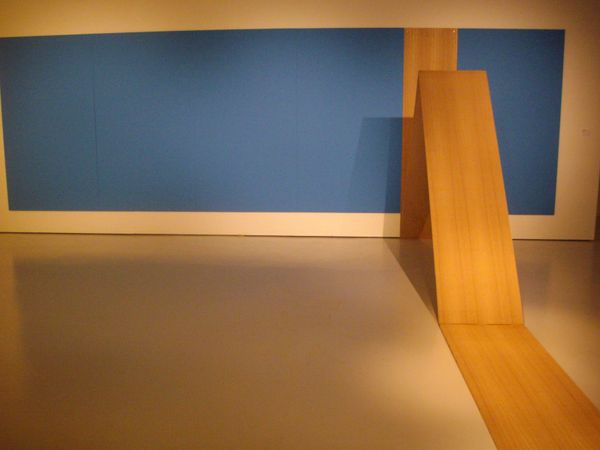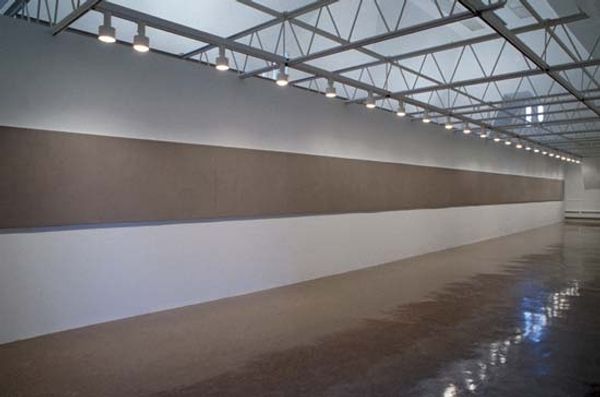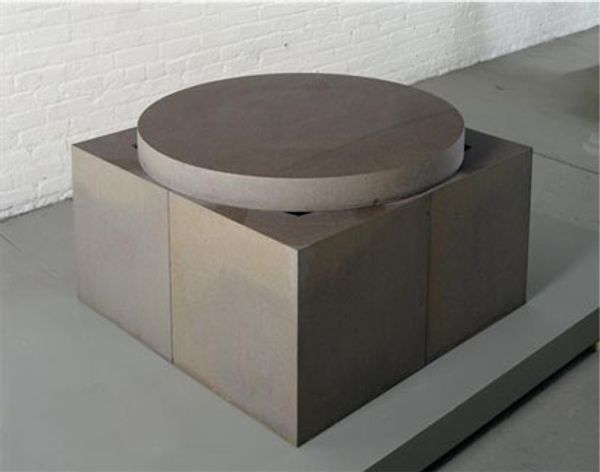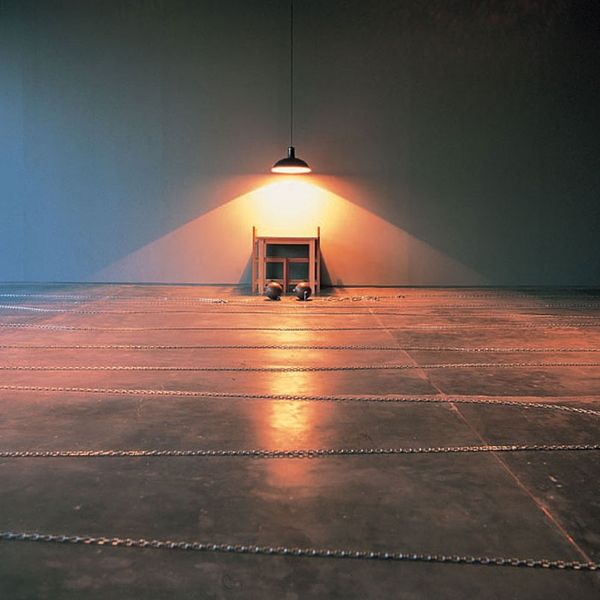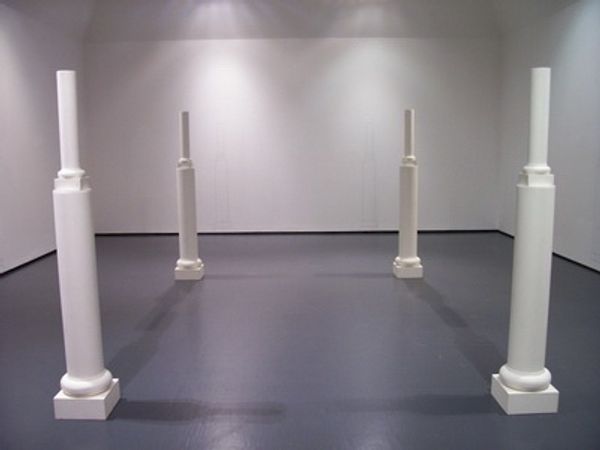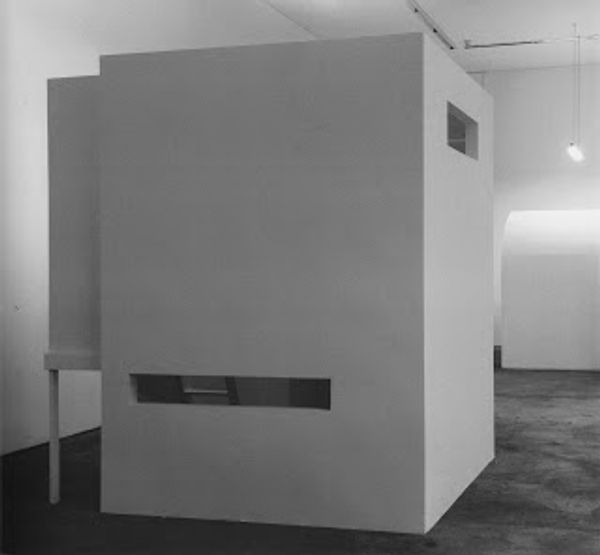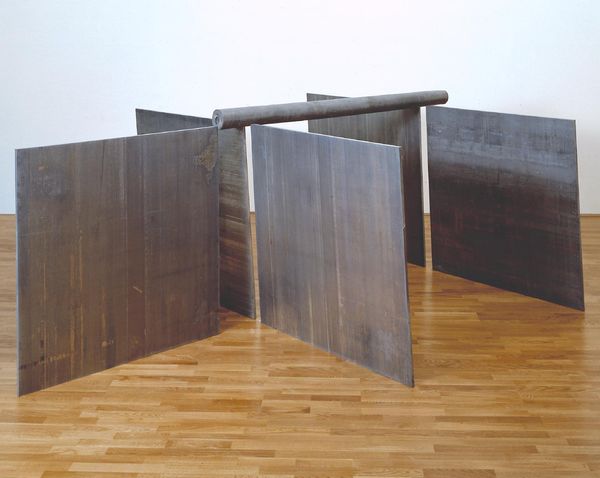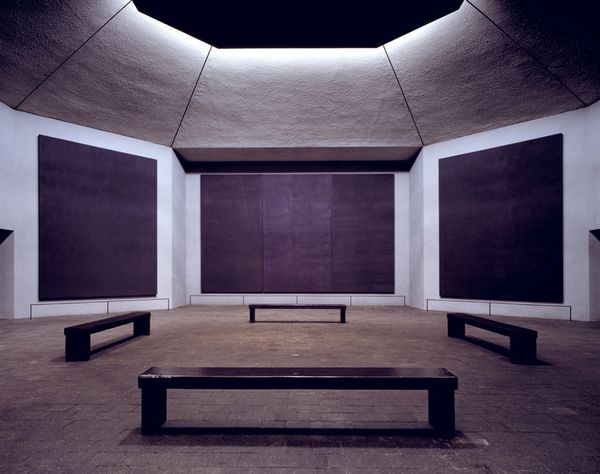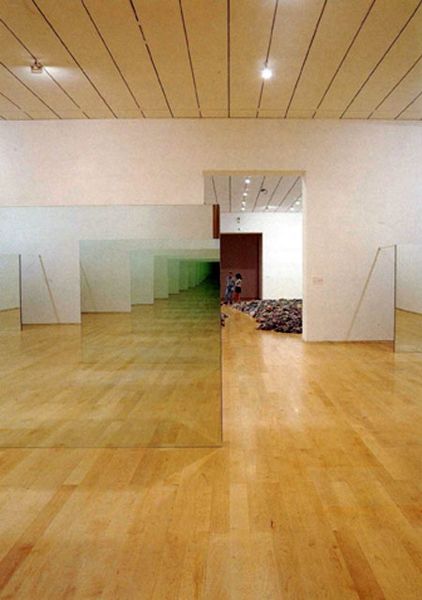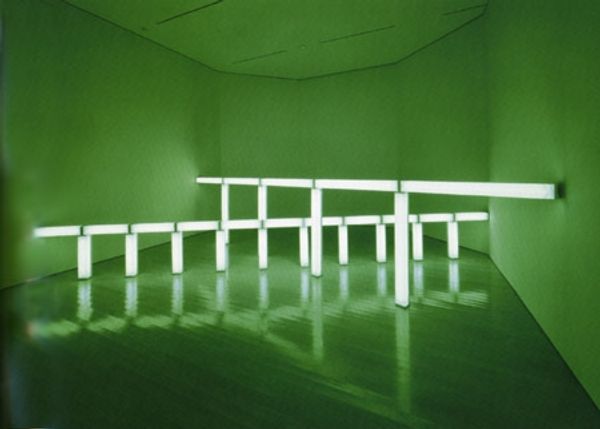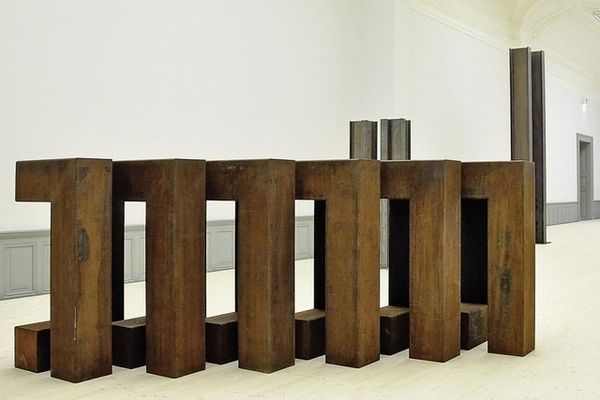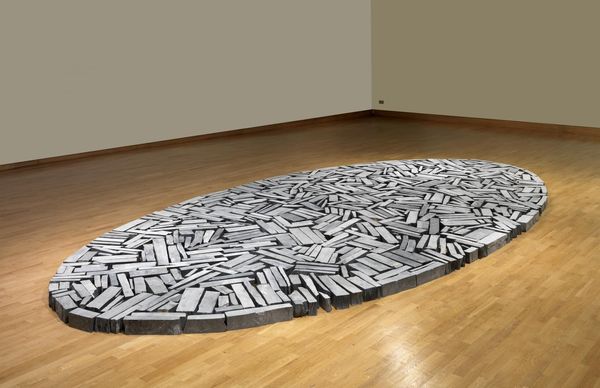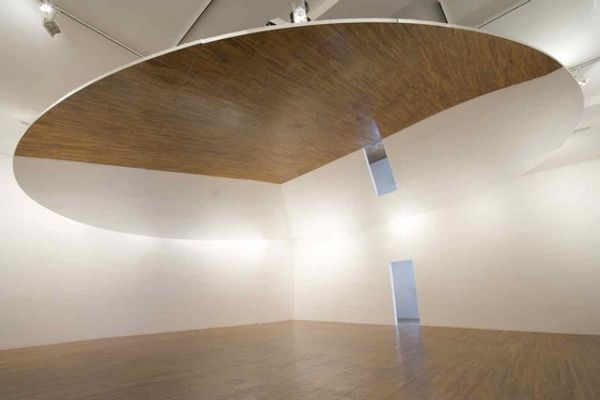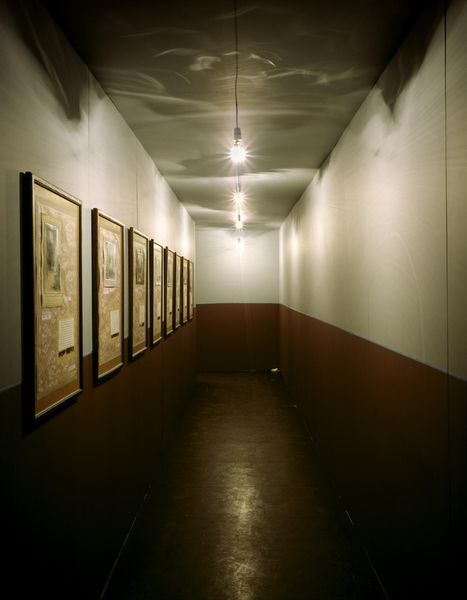
sculpture, site-specific, installation-art
#
minimalism
#
land-art
#
geometric
#
sculpture
#
site-specific
#
installation-art
#
abstraction
Copyright: Michael Heizer,Fair Use
Editor: Here we have Michael Heizer's "North, East, South, West" from 1967, a site-specific installation using geometric shapes cut into the floor. It's incredibly stark, almost industrial, with these dark, gaping holes. What strikes you about this piece? Curator: The primary allure is the materiality itself: concrete. Think about the socio-economic context of the 60s – post-war industrial boom, urban planning, and the very physical foundation upon which society was rebuilding. Heizer isn’t just making sculpture; he’s engaging with the stuff that *makes* the world. Consider also that he, in taking a basic and fundamentally crucial material like concrete and literally disrupting it to produce void is making an important artistic statement on the labour practices which affect its placement within broader society, wouldn't you say? Editor: Absolutely. I was reading about how much he was inspired by the desert and large-scale spaces of the west and southwest as he developed ideas that ended up materializing with earthwork and land art at these large scales.. The sheer physical act of excavating these forms... is that connected, for you, to a conversation about labor and production? Curator: Precisely. It moves beyond a visual statement. This action on the Earth to produce void reflects extraction and intervention. It prompts you to question not just *what* is art, but *how* it is made, and by *whom*. What processes were employed to make a 'void'? Was it, itself, empty once complete? The sculpture, for me, raises uncomfortable questions concerning humanity's often unthinking use and erasure of Earth. Editor: So, seeing the process and the labor involved elevates the piece for you beyond just a minimalist form. Curator: Yes. It exposes the network of material production that sustains both art and society. Understanding that allows a deep critical examination of Heizer's North, East, South, West as the nexus where minimalist sculpture meets critique. Editor: That definitely provides a different perspective than just thinking about pure form. Thanks! Curator: My pleasure! It’s all about looking beyond the aesthetic, and interrogating what it is made of, how, and for what means.
Comments
No comments
Be the first to comment and join the conversation on the ultimate creative platform.
